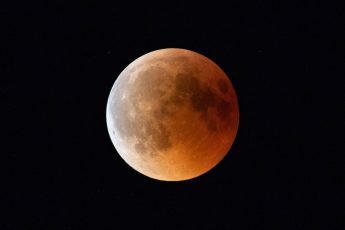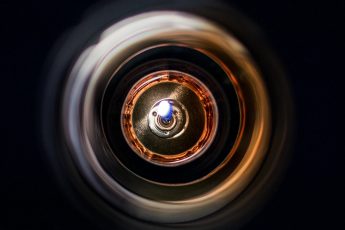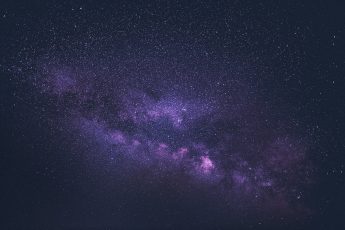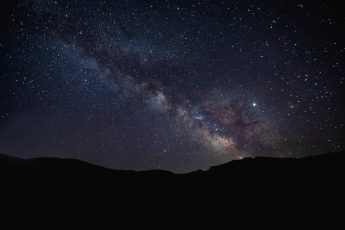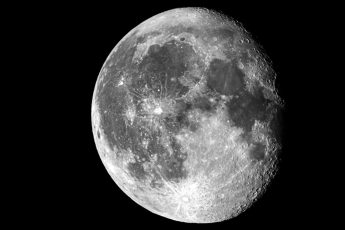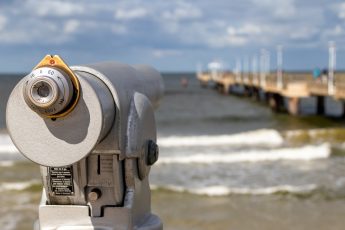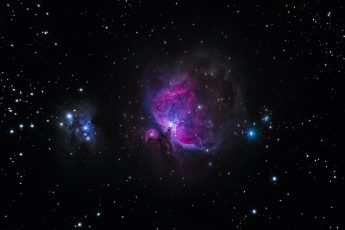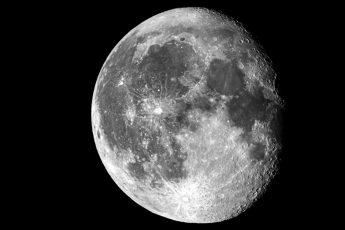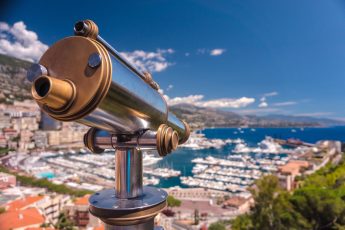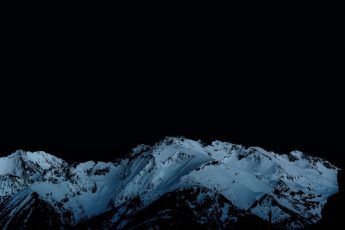How to Choose the Best Telescope for Astrophotography
What is Astrophotography?
Astrophotography is the art and science of taking photos in space. It can be tricky to learn, however, there are telescopes that can make it much easier for you. If you want to get started in astrophotography, we have a few tips for you!
Astrophotography, also referred to as photographic imaging, is the art of taking photographic images of celestial objects, terrestrial events, and other areas of the nighttime sky. The first photographic image of a celestial object was actually taken in 1840, however, it wasn’t until the late nineteenth century that advancements in technology enabled for more sophisticated and visible photographic techniques.
Today, many of the most well-known stars, planets, supernovae, and comets can be observed with the best equipment ever built for this purpose. Even with today’s technological improvements, amateur astronomers and scientists continue to spend their time and money to acquire more powerful telescopes, equipment, and photographic skills to chart and study the natural phenomenon around us.

Astrophotographers must have an observatory or a photographic studio on their home’s premises for most of their night sky photography work. Some amateur astronomers even take their images outside, using telescopes they have constructed or purchased to achieve star trails and nebulae (exotic clouds). There are basically two types of Astrophotographers – those who use specialized telescopes exclusively, and those who choose to use general or binocular telescopes.
A specialized field is considerably smaller than the general observational field; therefore, a great deal of research is performed by amateur astronomers on a daily basis. If you are interested in what is Astrophotography and want to take a more advanced level of images, you will want to check out the resources available on the Astronomy and Astrophysics Academy website. Here, you will find information on obtaining an education and career in Astrophotography.

When you try to take a photograph with a standard camera, you need to understand the basics of how to use and compose your camera. It is often a good idea to take a photography course that will teach you how to use the various controls and features on your camera.
This will allow you to take a photograph in either long exposure mode or with the aperture settings set to normal. The first step to taking an excellent photograph with a digital camera is to learn how to use post-processing techniques. You can save a photograph in several different formats including regular photo, JPEG, PNG, and TIFF.
Do you want to get started in Astrophotography as a beginner?
- First, think about what you want to photograph. Do you want to take pictures of the moon or the stars?
- Figure out what you need in a telescope first Do you just want to get your feet wet or do you plan on becoming an experienced astronomer?
- Would something for your backyard or deck be more suitable? If so, does it require batteries or are there other features that are needed.
How to Make Astrophotography Your Hobby
There are two primary methods of how to make Astrophotography your hobby; buying a telescope and using a telescope you create for yourself. Whichever method you choose, there are a few things to keep in mind when using your telescope. If you plan on taking astro photos of stars, try to avoid clear skies. Also, don’t use filters or film that might affect the quality of your photos. With a little bit of practice and the right equipment, taking astro photos can be a fun hobby that also provides a great deal of knowledge about our universe.

It is a well-known fact that telescopes are incredibly useful tools. They are commonly used for viewing astronomical events such as meteor showers, the moon, and other planets in the solar system. However, many people don’t realize that telescopes make for excellent tools for astrophotography. In fact, they are one of the best tools around for the amateur photographer looking to capture images of the Milky Way, the Andromeda Galaxy, or other deep space objects.
When you think of telescopes, you probably think of astronomy. In this context, telescopes are used to see the stars, planets, and other celestial objects. The ability to observe distant objects enables astronomers to make discoveries we couldn’t make otherwise, and technology has made some exciting new discoveries recently.
If you’re interested in taking photos of the night sky with your telescope, you’ll need to make a few choices. First, you need to understand what you’ll be using the telescope for. If you’re a serious amateur astronomer, you’ll be using it for astrophotography, which is an intricate hobby requiring a lot of equipment. If you’re just looking to get some nice snapshots of the moon or the rings of Saturn, you can probably find a less expensive telescope than the ones we’re about to discuss.
How to choose your first telescope for Astrophotography
When you are first starting out learning to take photos of the stars and other wonderful objects in the night sky, you will probably be wanting to know just how to choose your first telescope for Astrophotography.
You will probably want to take a look at some brochures that explain in great detail all of the benefits that a telescope for Astrophotography can provide you. Once you understand the benefits of taking photos with a telescope for Astrophotography, you will probably also want to find one or more telescopes that are specifically designed for Astrophotography.
There are a few different types of telescope for Astrophotography, the most common of which is a reflector telescope. Reflectors come in two varieties, the primary reflector and the secondary reflector. Both of these types of telescope for Astrophotography come with their own set of benefits and drawbacks.
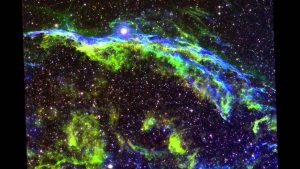
The primary reflector has the ability to return a wider range of light to your camera than a secondary reflector telescope. When you are choosing a telescope for Astrophotography, you should make sure that you choose the best quality primary reflectors that you can afford, as a good quality primary reflector can last a lifetime.
If you are looking for a telescope for Astrophotography, you might want to think about purchasing a reflecting telescope that has a C-mount, which can greatly improve the ability of the telescope to work in an environment where electrical power is not readily available.
Once you have decided on a telescope for Astrophotography, you can move on to learning how to choose your first telescope for Astrophotography. When you are choosing a telescope for Astrophotography, it is important to remember that you need to take photos of light that is visible to your camera.
You should never take photos of dark sky objects, because these objects will not be seen clearly with the unaided eye. There are also some guidelines that you should follow in order to take high quality photos of the stars and other interesting objects in the sky.
Features for Astrophotography

When you plan to buy a camera for astrology, one of the first questions that you should ask is what are the list of features for astrophotography. Astrophotographers, who have been doing this field for a long time, already have a full set of features for astrological photography.
It includes the f-number, the image stabilization and lens combination. There are also a coma correct and the image plane. When you think of buying this equipment, you should also think about the list of features for astrological photography.
There are many manufacturers in the market such as Sanyo, Pentax, Olympus, Fuji and others. You can choose a camera according to your list of features for astrology and imaging. These cameras vary in terms of sizes, prices and weight so you need to make your decision very carefully.
The list of features for astrology and imaging equipment includes the size of the camera, the housing, the type of lens, the type of battery, etc. You also need to check out the software and the user guide. Check whether the software has a help button for new users. Software is another important thing that you should not miss out while buying. The other things that you need including manuals and servicing.
Comparison of Telescopes for Astrophotography
Comparison of Telescopes for Astrophotography is important if one is in the market for purchasing a new telescope. Telescopes are used to view the night skies and they can be used for astronomy club membership fees, too! The key to finding good quality telescopes that will best fit your needs is by comparing various models and finding out which one has more features and benefits that you will value and which one will appeal more to your pocket book.

A good method for comparison would be to simply set up a test with your current telescope. Simply place a candle on the tube and aim the telescope at it. By using different wavelengths and different magnitudes, you can find out how the light from the candle affects the tube as it gathers light and passes through it.
A comparison could be made between the candle’s rays passing through the tube, the diameter of the aperture of the lens and the diameter of the mirror image. This is a great test that can be used with a variety of optical lenses that can all be compared under a general theme to get a good idea of how each lens operates.
Another key feature to remember when making comparisons of different Telescopes for Astrophotography is to look at the construction of the instrument. While you can always tell by the appearance of a telescope what its construction is, the only real way to tell is to physically examine it. There are some telescopes that have solid construction and will hold up much better than others, but looking for one that is made of sturdy material is one of the best ways to judge how well it will hold up and compare with other similar instruments.
The Best Refractor Telescopes for Astrophotography
There are so many telescopes introduced into the market. It’s a bit confusing for a beginner to choose the best refractor telescope for astrophotography. And if you ask me, the confusion doesn’t just stop there. The same goes with some of my friend who are beginners and even professionals who only started with it recently.
There is a lot that revolves around photography for example how to photograph, how to expose or detail focus and many others questions which I am not going to touch now because everyone has his own way of doing things.

Whether you’re a casual lunar observer, an aspiring professional or just want to impress your friends with some top quality photos there is no better and more powerful telescope on the market today than the mighty Refractor design. Refractor telescopes topped the best refractor telescopes for beginners because of its brilliant optics. The objective lenses are used to collect light and refract it into a single beam.
If you’re looking at getting into astrophotography as a beginner, I’d suggest a refractor telescope for astrophotography! Refractor telescopes are durable, portable, and have some of the highest-magnification potential in the amateur telescope market. You get what you pay for when it comes to anything in life; if you want a premium product then be prepared to pay for it.
If you don’t know what a refractor telescope is, check out our how to choose a telescope guide or read this article about the different types of telescopes . But if you’re looking for amazing images and want to improve your astronomy photography with a refractor telescope then you are in the right place. As a matter of fact, there is only one type of telescope that has an advantage over refractors for astrophotography. In this article we will cover the different types of refractor telescopes and their pros and cons.
The Best Reflector Telescopes for Astrophotography
- Have you been interested in finding the best 3 reflector telescopes for astrophotography?
- Do you know how much money you can save by purchasing a reflecting telescope?
- Have you considered the quality and features of a reflecting telescope before making your choice?
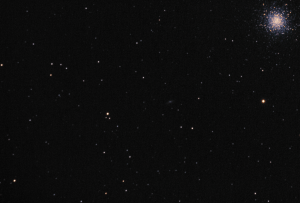
Reflector telescopes specially designed to see the moon and planets as well as the deep space objects. Some are made specially for astrophotography purposes, which are mostly used by amateurs. Since it is a budget-friendly type of telescope, so amateurs could afford it for their needs.
As every astrophotographer knows, the best reflector telescopes for astrophotography comes down to three: the Orion SkyView Pro 8″ Dobsonian Reflector telescope, the Celestron NexStar 6 SE Telescope and the Meade Instruments LightBridge Mini Telescope. But which one do you choose? And at what price range?
Prime Focus Camera (PFC) technology has greatly improved the astrophotography quality for small telescopes. It allows you to reach real telephoto and focal length by using the camera sensor itself, which is cheaper than using prime focus CCD cameras. This technology compensates for field rotation and off-axis coma with a special lens that screws onto your eyepiece adapter of refractor telescopes.
The Best CAT Telescopes for Astrophotography
Astrophotographers know that it can be very difficult to take a photograph at night that you will be proud of. Astrophotographers rely on CAT technology in order to capture the beautiful deep sky objects that they see. If you want to have the best night skies possible, then it is important to learn more about which types of CAT are the best for your needs. With over two decades of experience in creating and selling these devices, manufacturers have perfected the design and technology that allow them to offer high-definition photos and videos with great clarity and resolution. In fact, there are only three CAT telescopes that are the best choice for astrophotographers.
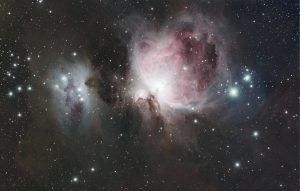
These three instruments all use similar technology to allow for better viewing in low light environments, but there are a few slight differences that make each a unique tool. The best CAT detectors all incorporate fully coated glass tube mirrors, which are extremely durable and virtually impenetrable to space debris such as dust particles. In addition, all fully coated tubes also have reflectors located within the tube to further reduce reflectivity and transmission of stray light, both of which are important factors in achieving high quality images.
The second best CAT telescope for astrophography is the Celestronyx Sirius. This instrument incorporates mirror panels that have been triple-walled to protect the sensitive microelectromechanical parts located inside of the detector tube. Because this type of detector relies on high precision engineering, there is nothing that can reduce the quality of the images more than poor alignment of the mirrors.
The best telescopes make sure that all mirror surfaces are perfectly lined up before the detectors are installed into the tube and then maintained at regular intervals. Because no two mirror panels are exactly the same shape, this also ensures that each detector produces the clearest images possible.
What to buy for Astrophotography
Astrophotography is an awesome hobby but it can be very expensive if you want to take beautiful photos. You can spend hundreds of dollars very quickly on cameras, lenses, tripods and tracking equipment if you don’t have much experience with it.
Astrophotography is a hobby that can add up to quite an investment. In addition to the cost of the telescope itself, one has to buy fiber optics, filters, cooler units, and CCD cameras in order to fully take advantage of his/her telescope.
- A good DSLR camera
- Solid tripods and tracking mounts
- Lenses specifically for Astrophotography
- Computer with software for processing images
- Remote shutter release and interval timer
- Coma Correctors and Star Diagonals
- Combiners and adapters
- Neutral density filter
- Camera bags
Conclusion
I have been reviewing best telescopes for astrophotography for you. We have seen that there are a variety of things that we can observe with the telescopes that will provide us with plenty of great visual experience and also lots of wonderful things to photograph. They are very compact, light weight and portable so they can be easily carried anywhere in an instant.

